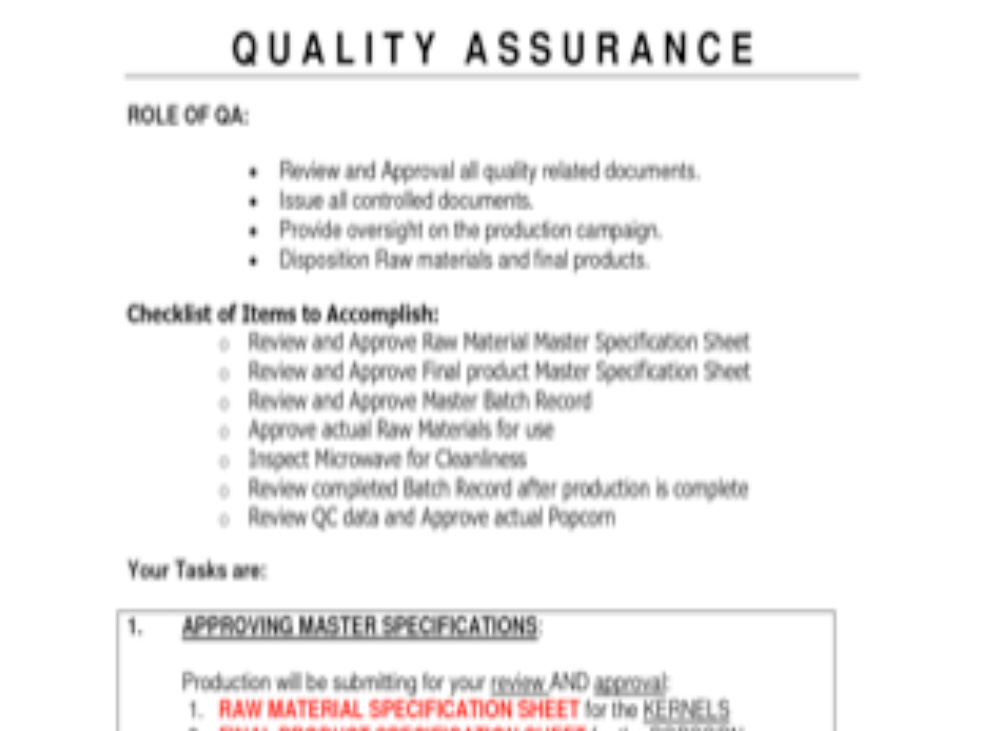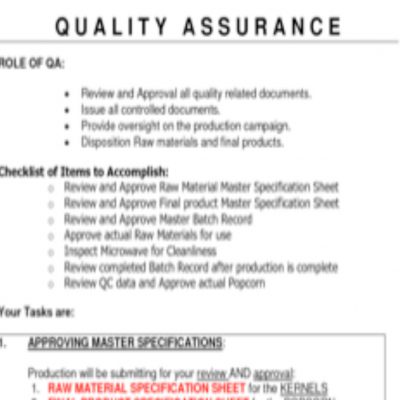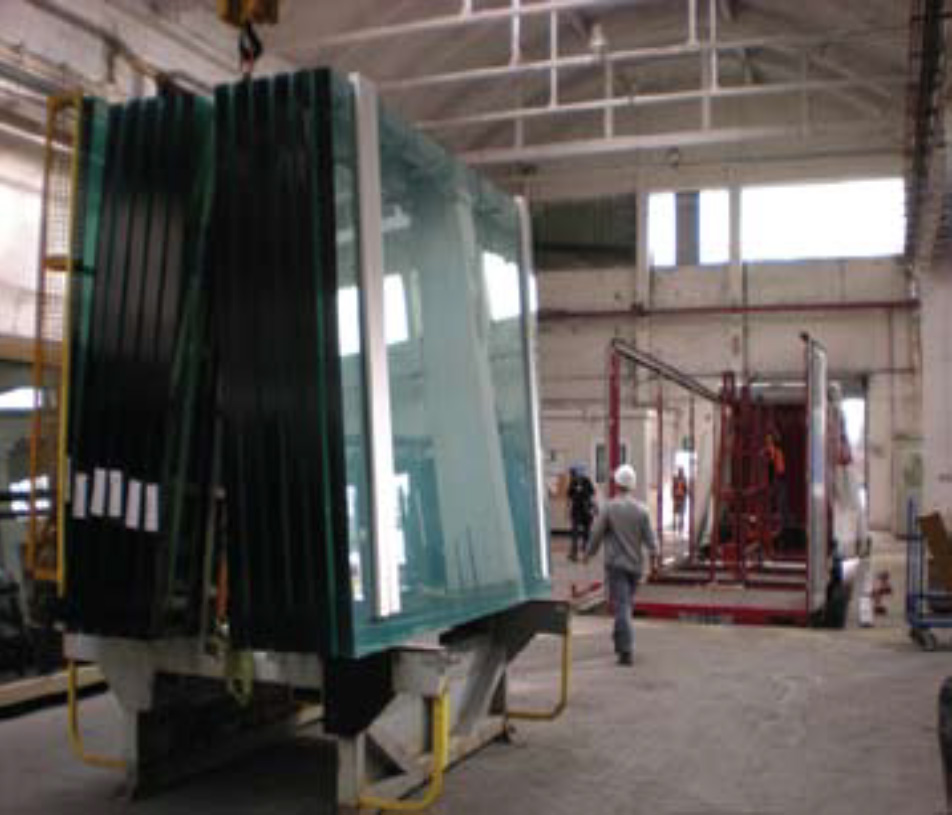Using the Process Insight Strategy to Action Process, we worked with the leadership to:
- identify the major gaps / threats to delivering their strategy
- identify the ‘Big Ys’ – the 3 – 5 critical few ‘initiatives’ needed to close that gap over the next 1 – 2 years.
- select one of these on which to focus the Lean Six Sigma resource.
The selected Big Y was to turn around a ‘problem’ contract which was coming up for
renewal in 1 year. It was with a strategic customer and covered access services on a high hazard chemical complex.
A business director then sponsored a 2 day VSM project selection workshop with a cross section of site personnel. A good shared understanding of the current state was gained. The ‘pain points’ that drove inefficiency were identified and a prioritised list of scoped out projects was generated.























